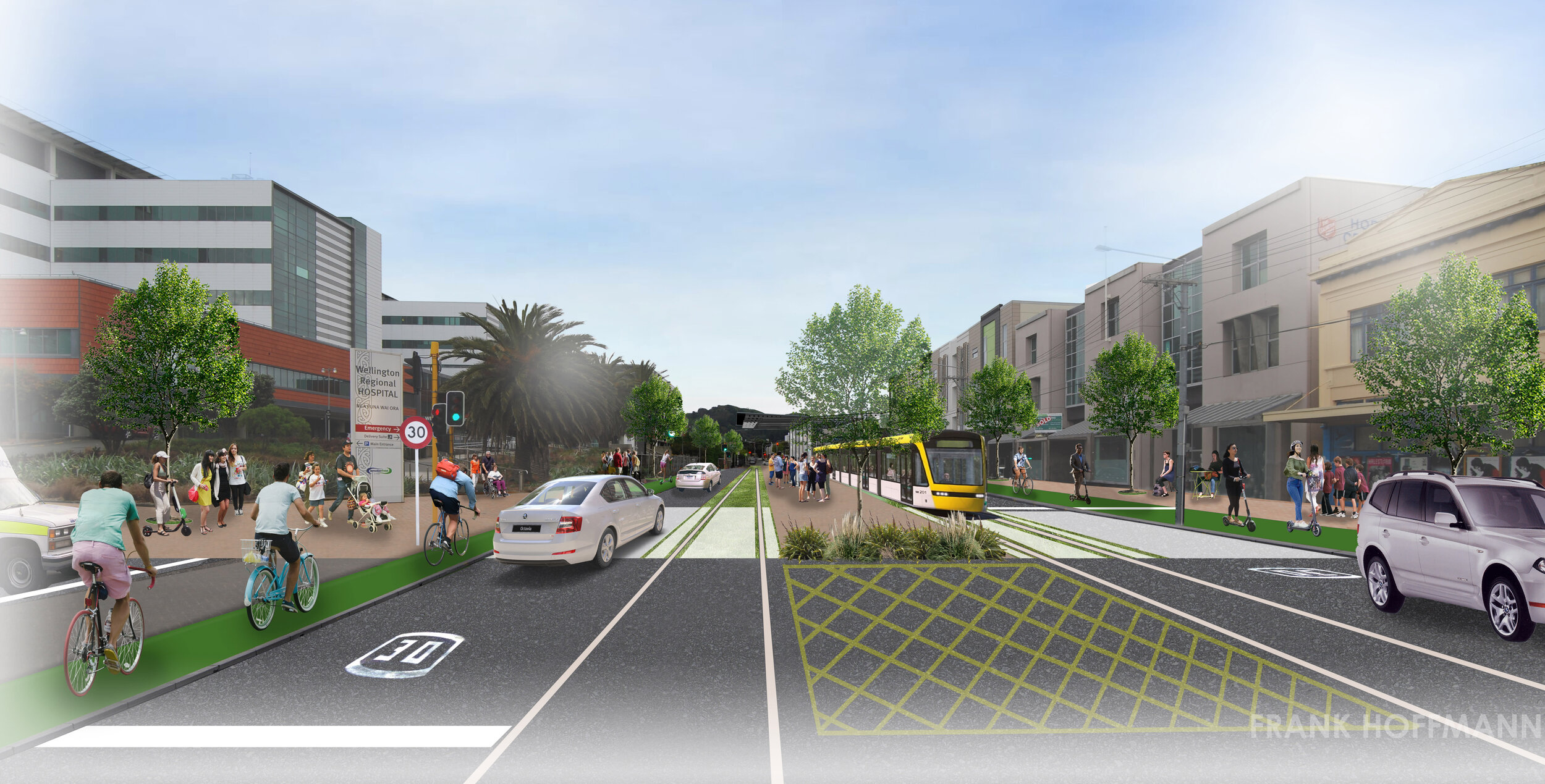The pointy edge of tech hits concrete
Previous waves of tech have been largely abstract - computers, phones and Uber arrived, but the built world looked the same.
The emergence of micromobility feels like where the pointy edge of disruptive tech hits the hard concrete of infrastructure.
The explosion of these new vehicles requires a repurposing of our roads and parking. This will be expensive and take time while the vehicles and platforms they run on will evolve quickly.
The question I’ve been asking myself recently is how to accelerate that infrastructure adaptation. Because it’s often built on public land, it requires engagement in local politics to discuss landuse, roadspace and public spending allocation.
It’s not sexy. It’s hyper-local, gritty and often hard-fought.
I’ve struggled to find venture investable opportunities for building better e-bike and scooter infrastructure. It requires advocates to communicate and spur deeper conversations about what we value.
It’s both important and mostly unpaid, but people do it because we care about where we live.
With that context, I’m excited to share my contribution to this movement: Along with a friend, we published the #LetsGetWellingtonRiding Vision of what the low-speed infrastructure for New Zealand’s capital city could look like.
It calls for NZ$400m worth of spending on lanes to accommodate the explosive growth of electric bikes and scooters in our streets.
There are approx 3600 cities around the world that are Wellington’s size or bigger. They will all need to eventually cater to these new vehicles.
They’ll either get proactive to ‘micro manage’ these vehicles, or they’ll reflexively find themselves overwhelmed these new vehicles with nowhere safe to operate them and have to scramble to catch up.
I know which camp I’m in.
This was originally posted as part of my newsletter. Sign up here to get future updates:

